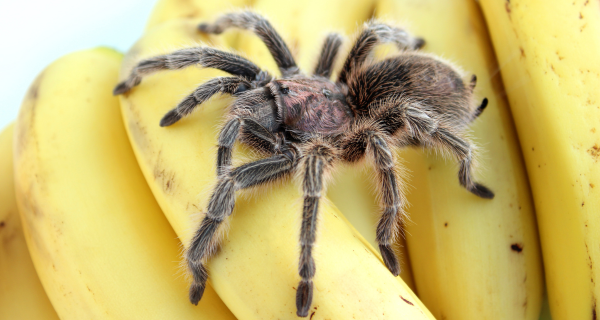
Written by Brendan Stent - www.tropicaltarantulas.com.au
As published in The Pet Directory
A female Tarantula may live for up to 25 years and can outlive most other pets, therefore proper care is essential.
The information supplied here is only intended as a guide.

Selenotholus sp. “Townsville”
HOUSING
Australian Tarantulas do not require a large amount of room to live comfortably. A glass fish tank of 18 inches to 2 feet in length, 12 – 15 inches deep and with a secure lid is adequate for an adult spider. A deeper tank is preferred as it allows more substrate for the spider to burrow in. There must be no gaps and the lid should be securely fastened or sufficiently heavy to prevent the spider from prying its way out. Some metal fly wire can be incorporated to allow air flow, but ensure the edges are covered to prevent injury to your spider. Consideration must be taken when selecting a location for your spider, as they are extremely sensitive to vibration and light. On top of the stereo speakers is out and the kitchen should be avoided as it is frequently used. A dark corner of the bedroom or lounge is best. Remember to keep it out of reach of small children and pets.
Never forget these spiders are venomous and are known to be fatal to dogs and cats.
LIGHTING
Your spider is nocturnal so if you wish to watch it, a red light above the tank will allow this without disturbing your spider too much.
Do not place your spider in direct sunlight as the tank can heat up, which can dehydrate and kill your spider very quickly.
It is very similar to leaving your dog in the car with the windows up in summer.

SUBSTRATE
Your substrate needs to be sufficiently deep enough to allow your spider to dig, so about 1/2 to 2/3 of the enclosure depth is ideal. It needs to be of a consistency that allows your spider to dig easily, so avoid large stones, sticks and sand. Sand shifts and collapses easily especially if you pour water on it and may bury your spider.
For rainforest species a parrot nesting mix, which is available at most pet stores, mushroom compost and peat moss are all suitable. Keep slightly damp to dry and ensure it is free of herbicides, pesticides and fertilizers.
You can place a cardboard tube or a piece of timber in the substrate, leaving an opening for your spider and it will quickly establish a home if left undisturbed. When using the compost material, place a small furrow in it, cover with a piece of bark and then cover that with more substrate. This allows the spider to design its own tunnel under the bark.
For arid species, a sandy, clay mixture is more suitable as they are found in very similar soils. The clay type component provides support and helps to prevent collapse of the burrow. It is best to place a tube vertically into the enclosure whilst filling with the soil, as this will provide the basis for a burrow. Dampen down the mixture and compact it to the required depth, then remove the tube with a twisting motion, it should leave a neat hole for your spider and the size of tubing will be in relation to the size of the spider, but 30 – 40 mm is about the largest you will ever need.
WATER
The Australian Tarantula is designed to withstand flooding by trapping air in the hairs on its body and it can apparently survive for up to 70 hours like this, so the likelihood that your spider will drown is very slim. A small dish filled with water is easily removed (using a pair of long tongs or forceps) for cleaning. Tap water is a topic of debate and there are water treatments available from pet stores suitable for reptiles and arachnids to treat this. Distilled water is suitable, but never pour the water into the tank, use a misting spray to moisten the substrate, as you may collapse it.

FEEDING
It is difficult to underfeed your spider as they can go several months without food, and there are stories of spiders surviving 2 years without food (not sure about that one and it is not recommended that you try it!). You can, however, easily over-feed your spider, leading to subsequent health problems and ultimately shortening its life. One to two feeds per week should be sufficient, using mealworms, crickets, cockroaches and thawed pinkie mice. The food offered to your spider should be no larger than half of the spider’s body size. Try to avoid insects caught at home as often they will contain pesticides, and on that topic remember not to use aerosol sprays around your spider. Mealworms are high in protein and should be used sparingly unless you are breeding your spiders. Try to incorporate as many harder shelled insects as possible in their diet. Remember in the wild, they have access to these insects and other animals such as small reptiles, mammals and amphibians. The spider’s venom will dissolve the skin and bone of its prey and should not leave much to be cleaned up, but any uneaten food should be removed after 24 hours.

CLEANING
The majority of your cleaning should involve the removal of food debris so as to reduce favourable conditions for disease. The inside glass of the tank can be wiped down with a damp cloth wrapped around the end of your tongs. Replacing the substrate is a matter of common sense, if it starts to look or smell rancid then replace it. The frequency will depend on how well you maintain the tank and the type of substrate you have chosen to use. Expect a lot of silk in the tank with rainforest species; this is unavoidable as the Tarantula will lay a thick layer of silk as it explores its new home. If your spider gets mites these will be shed with the skin, immediately remove the shed skin and move the spider to a temporary enclosure to allow thorough cleaning of the spider’s contaminated enclosure. There are mites available through specialty suppliers, that eat other mites and will die off after killing the offending mites.
FIRST-AID
Spiders do not have a clotting agent in their blood, so rapid intervention is required if your spider is to survive an injury. If through some mishap your spider is injured, carefully apply molten candle wax by dripping onto the wound from about 15cm away to reduce the temperature and hence the discomfort that may be felt. Placing your spider in the fridge, (not the freezer!!) for ten to fifteen minutes will slow it down so you can treat it. Lost legs can grow back over several moults, but it is not an easy task for the spider and can cause an incomplete moult. Soften the skin by soaking in water or placing the spider into a sealed container with wet towel. Whilst holding the old skin allow the spider to pull away from you, do not pull the skin away from the spider. If you are not confident in doing this seek help from someone who is. Remember your spider is very fragile during the moult and every precaution should be taken not to disturb it for at least 24 hours during the moult. During a moult the spider will lay on its back, a dead spider stays upright and curls its legs under its body.

As to first aid for a bite from your Tarantula, apply an ice pack to the bite and seek medical advice from your doctor. Remember your Tarantula is a venomous creature, do not directly handle it, use tongs or forceps with padded ends to prevent injuries.


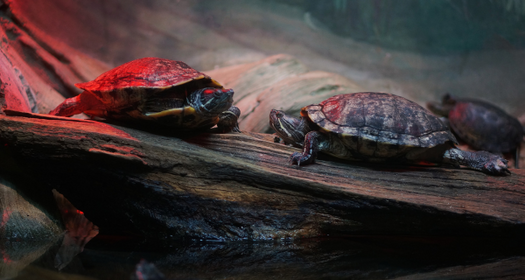
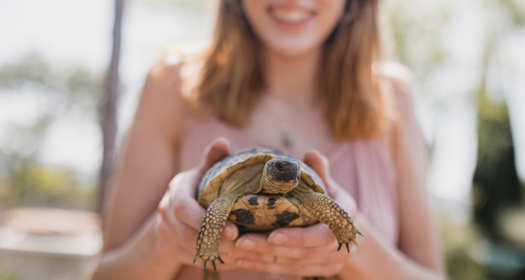
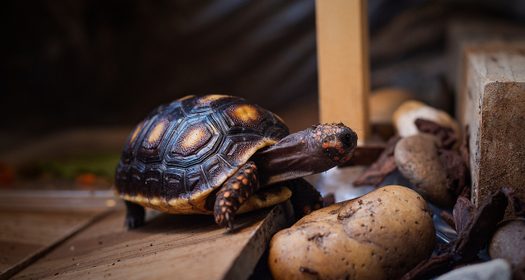
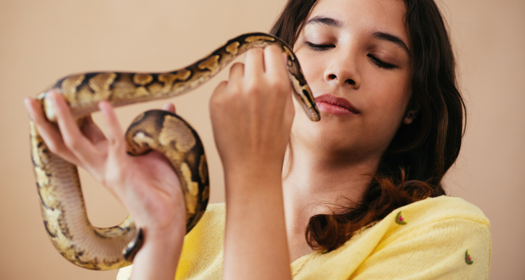
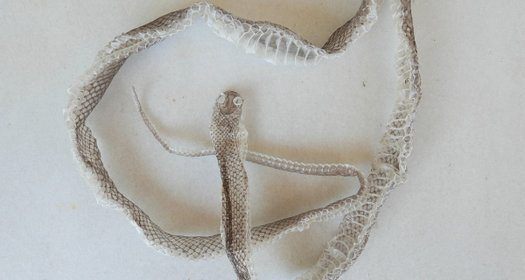




Leave Comment Below